HIV transmission is a topic surrounded by myths and misconceptions. One common question is whether you can get HIV from kissing with tongue. Understanding the facts is crucial for dispelling fears and promoting informed decisions.
HIV is primarily spread through specific body fluids, not saliva. The risk of transmission through kissing is extremely low. However, many people still worry about the possibility.
This article will explore the science behind HIV transmission and prevention, debunk common myths, and provide clear, evidence-based information. For those seeking support or treatment, Dr. Monga’s HIV Clinic in Delhi offers expert care. If you think you’ve been exposed to the virus, it’s important to act fast—learn more about PEP treatment for HIV prevention and how it can help.
Understanding HIV Transmission Methods
Understanding how HIV is transmitted is key to preventing the virus. HIV is primarily spread through blood, semen, vaginal fluids, rectal fluids, and breast milk. These fluids need a direct path to enter the bloodstream for transmission to occur.
HIV is not spread through casual contact. This includes hugging, shaking hands, or sharing utensils. Knowing these facts helps minimize unnecessary fear and stigma.
Here’s a concise breakdown of how HIV can be transmitted:
- Unprotected sexual contact
- Sharing needles or syringes
- Mother-to-child during childbirth or breastfeeding
- Blood transfusions with contaminated blood
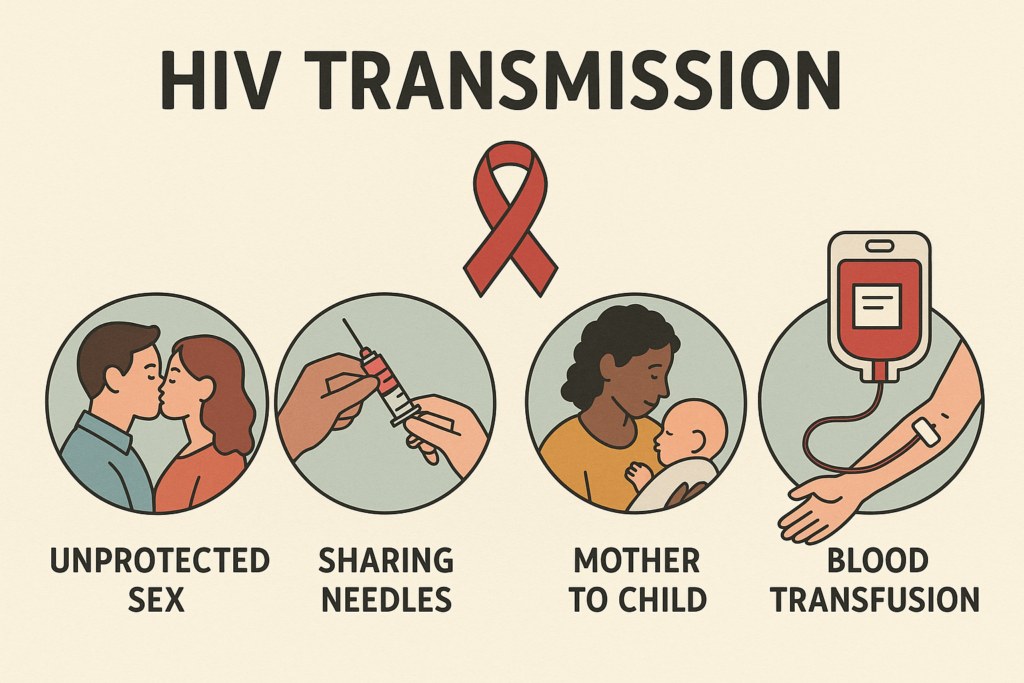
Saliva does not transmit HIV. This is due to the presence of enzymes in saliva that break down the virus. The virus does not survive long outside the human body, thus making transmission through casual contact extremely unlikely.
Understanding these transmission methods is vital. It helps the public make informed decisions about their health. Knowledge can reduce stigma, encourage testing, and promote healthier relationships.
HIV Transmission and Kissing: What Science Says
The idea of HIV transmission through kissing sparks concern for many. However, scientific research offers reassurance. The risk of contracting HIV through kissing is extremely low. Most evidence shows it’s improbable unless specific conditions are present.
Saliva naturally inhibits the HIV virus, thus reducing the risk. It’s important to know that HIV cannot be transmitted through saliva alone. This is well-documented in numerous studies and supported by informational research on HIV transmission.
The Centers for Disease Control and Prevention (CDC) supports this. They affirm that casual contact, including kissing, does not spread HIV. For trusted care and expert evaluation, you can consult the HIV specialists at Dr. Monga Clinic in Delhi. Understanding these facts is crucial for clear communication and peace of mind.
Instances where risk may slightly increase usually involve the presence of blood. Here are examples that could elevate the risk theoretically:
- Significant open sores in the mouth
- Active bleeding gums
- Presence of blood in the mouth
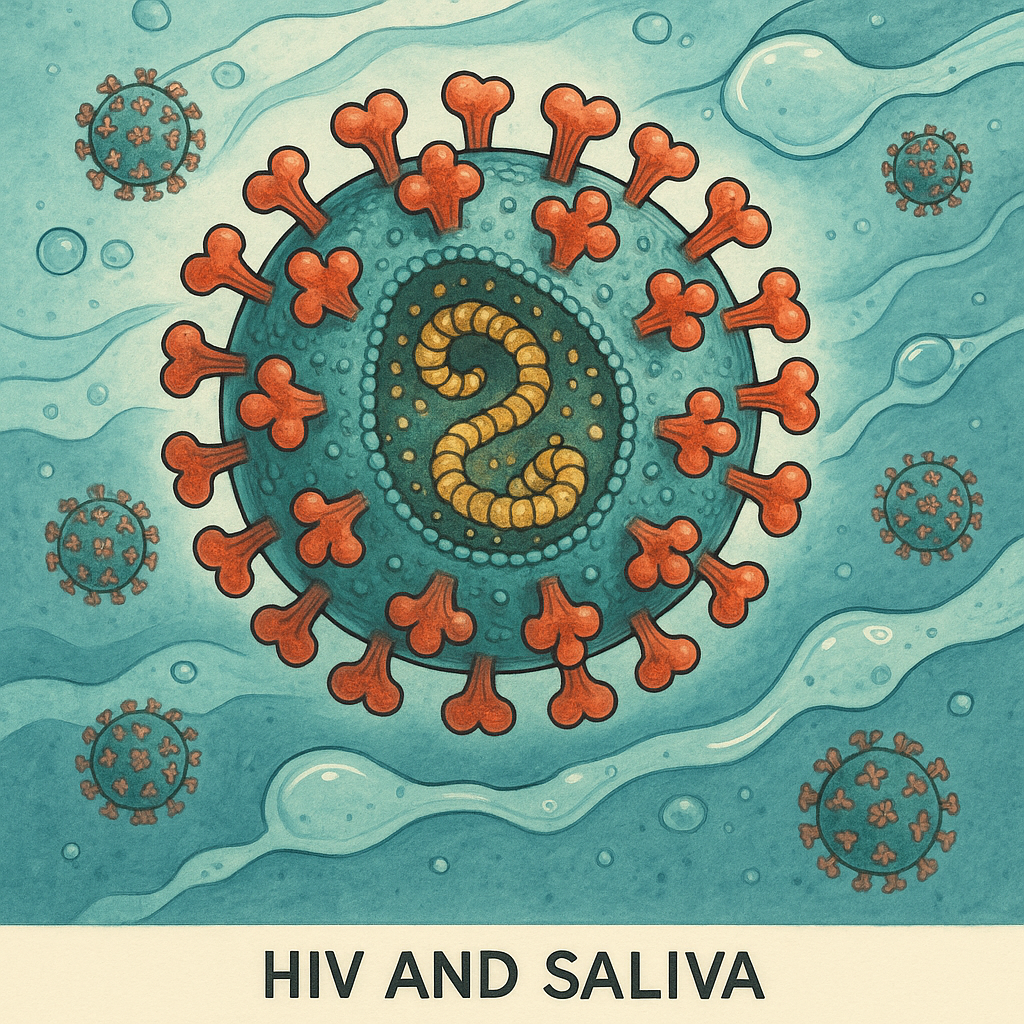
These scenarios are rare and require specific conditions. Proper oral hygiene and regular dental check-ups can further mitigate even this low risk. This scientific insight can debunk myths and calm fears effectively.
Read More
- How Early Antiretroviral Therapy Can Help Stop HIV-1?
- How Does the HIV Finger Test Work?
- What Is HIV? Understanding the Basics of the Virus
- What You Need to Know About HIV Testing
- Best HIV treatment in india
- 10 Most Important Myths And Misconceptions Busted About HIV/AIDS
Deep Kissing (French Kissing) and HIV: Is There a Risk?
Deep kissing, often referred to as French kissing, involves close contact. This raises questions about HIV transmission risk. Nonetheless, science assures us that the risk remains extremely low.
HIV transmission requires a direct route to the bloodstream. Typically, kissing doesn’t provide this pathway. In fact, saliva plays a protective role by breaking down the virus. Thus, reducing any chance of HIV transmission during deep kissing.
According to health authorities, the presence of blood can theoretically alter this low risk. Yet, such conditions are uncommon during typical kissing interactions. These situations could involve:
- Visible blood in the mouth
- Both partners having open oral sores
- Active bleeding gums on both sides

These instances are extraordinary and not commonly encountered. Regular oral care practices can decrease even this hypothetical risk. Emphasizing the importance of scientific understanding helps reduce unnecessary fear.
With evidence-based knowledge, misconceptions can be combated effectively. Awareness is key in understanding and addressing HIV-related concerns. It’s essential for fostering informed discussions among peers and healthcare professionals.
Documented Cases of HIV Transmission Through Kissing
When it comes to scientific evidence, the reports of HIV transmission through kissing are virtually nonexistent. This aligns with the CDC’s statement, which notes no documented transmission cases from kissing alone. The perceived risk is primarily due to prevalent myths and misinformation.
It is crucial to distinguish everyday kissing from situations involving blood exposure. While the latter could theoretically pose a risk, it remains largely unsubstantiated. This scenario would require both parties having open, actively bleeding wounds in their mouths simultaneously—such circumstances are exceedingly rare.
Researchers have explored various HIV transmission methods thoroughly. Consistently, they reaffirm the safety of kissing as a non-transmission activity. Therefore, focusing on evidence-based HIV education can help address and dispel common misconceptions surrounding HIV risks related to kissing.
Why HIV Is Not Spread by Saliva
HIV is a virus that requires specific conditions for transmission. Saliva, however, is not a viable medium for HIV. It contains natural enzymes that actively break down the virus, making transmission through kissing or saliva exchange nearly impossible.
In contrast, the virus thrives in bodily fluids like blood, semen, and vaginal secretions. These fluids offer an environment conducive to the virus’s survival and transmission. Saliva, lacking these properties, thus serves as a protective barrier rather than a risk factor.
Reasons HIV Is Not Spread by Saliva
- Saliva contains enzymes that degrade the virus.
- There is an insufficient concentration of the virus in saliva.
- Saliva acts as a protective barrier against the virus.

Public health authorities, including the CDC, clarify that casual contact, including kissing, poses no risk. Understanding these facts helps reduce unwarranted fears and stigma associated with casual social interactions.
Oral Health, Open Sores, and Theoretical Risks
While HIV transmission through kissing is unlikely, certain oral health issues might raise some concerns. Open sores or bleeding gums could theoretically increase risk. This is because they provide a potential entry point for the virus into the bloodstream if contaminated blood is present.
Bleeding gums are not uncommon in people with poor oral hygiene. However, both partners would need these conditions for transmission to be conceivable. Even then, the risk remains marginal.
Maintaining excellent oral health is vital for overall wellness. It minimizes any minimal risk linked with oral health problems. Practicing proper oral hygiene can be a preventive strategy for various infections. For expert evaluation and guidance, Dr. Yuvraj Arora Monga provides trusted care and personalized advice on sexual and general health.
Tips for Maintaining Good Oral Health
- Brush teeth twice daily with fluoride toothpaste.
- Floss daily to remove dental plaque.
- Visit the dentist regularly for checkups.
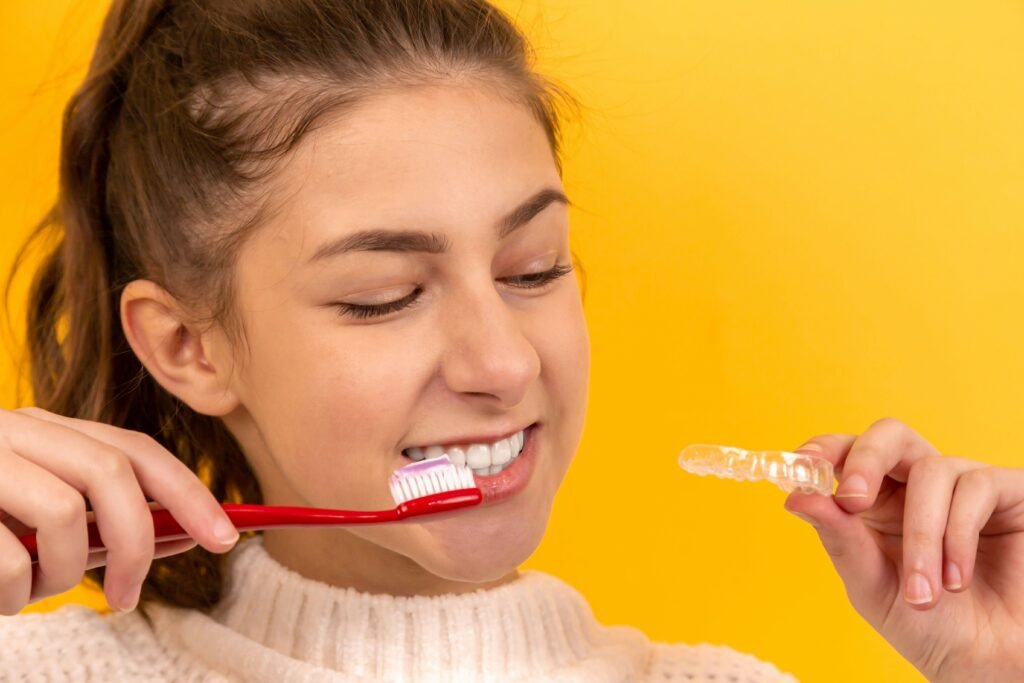
Understanding these minor risks can empower individuals to manage their health effectively.
Myths and Facts: Debunking Common Misconceptions
Misconceptions about HIV transmission through kissing abound. Many people still hold onto myths, despite scientific evidence to the contrary. Understanding these myths can help reduce fear and misinformation.
One common myth is that HIV can be spread through saliva. This is false, as saliva does not carry the virus. Another misconception is that all types of close contact, like hugging or casual kissing, can transmit HIV. Again, this is incorrect.
Facts about HIV transmission are vital for public knowledge. Education can dispel myths and empower individuals with accurate information. This understanding helps to create a supportive environment for those living with HIV.
Common Myths vs. Facts
- Myth: HIV spreads through casual contact.
- Fact: Casual contact like hugging does not spread HIV.
- Myth: Saliva transmits HIV.
- Fact: Saliva does not contain enough of the virus to transmit it.
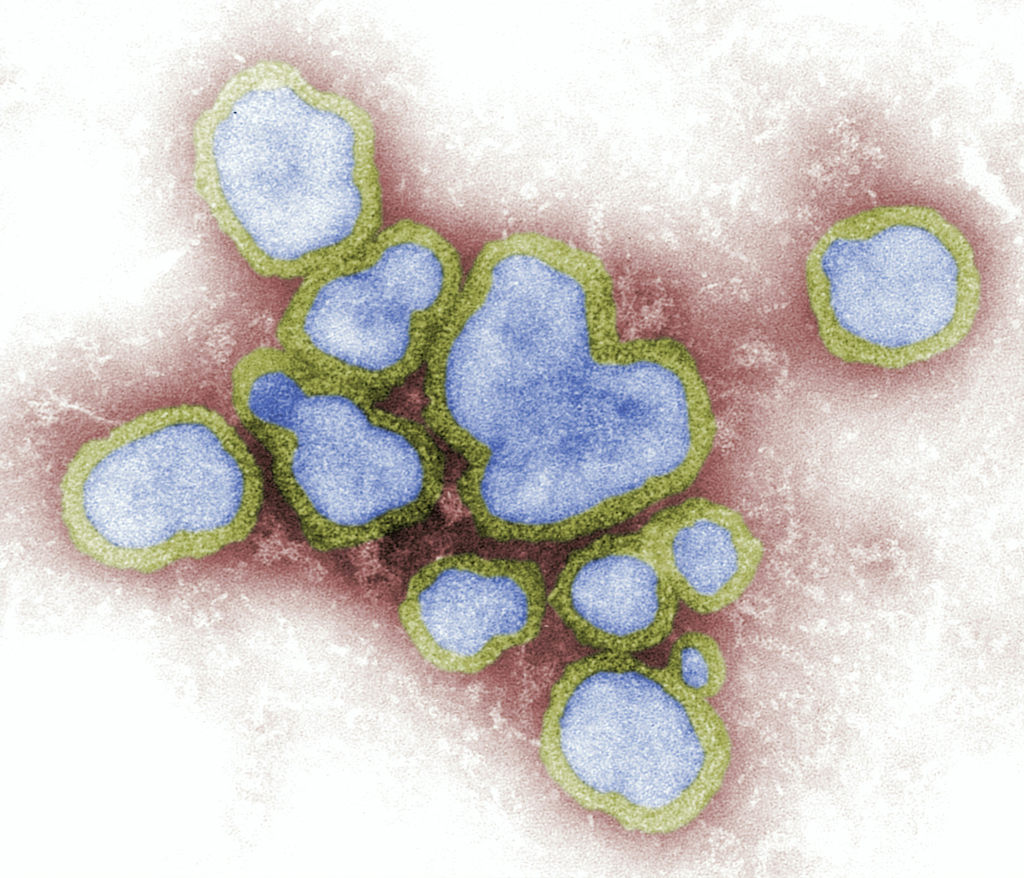
By confronting these misconceptions, we can promote healthier interactions and reduce stigma.
How to Protect Yourself: Practical HIV Prevention Tips
Understanding how to protect yourself from HIV is crucial. Taking preventive measures can dramatically lower your risk of transmission. Knowledge and precaution empower us to maintain our health.
Testing is a key element in HIV prevention. Regular testing helps you know your status and act accordingly. It’s particularly important if you have multiple partners.
Safe sex practices are also essential. Using condoms consistently and correctly reduces HIV transmission risk. In addition, open communication with partners about sexual health is advised.
For those at higher risk, options like Pre-exposure Prophylaxis (PrEP) are available. PrEP can significantly lower your chance of contracting the virus. Consult with a healthcare provider for more personalized advice.
Practical Prevention Tips
- Get tested regularly for HIV.
- Use condoms correctly every time you have sex.
- Consider PrEP if at high risk.
- Communicate with partners about sexual health.
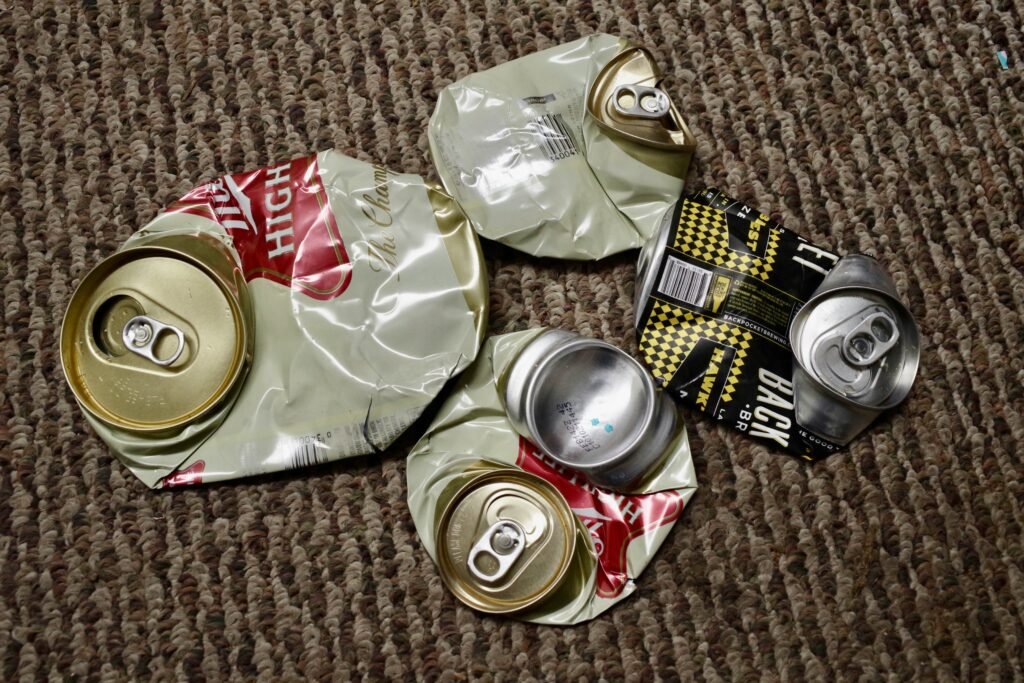
Adhering to these tips enhances safety and well-being. Prevention is powerful, offering peace of mind and health preservation.
The Importance of HIV Education and Reducing Stigma
Education is a powerful tool in the fight against HIV. It dispels myths and promotes understanding. Through education, we can reduce fear and misinformation.
Stigma around HIV often prevents people from seeking help. This can lead to late diagnoses and worse health outcomes. Reducing stigma encourages testing and treatment.
Community awareness campaigns play a vital role in fostering acceptance. They help normalize conversations about HIV. Support networks are crucial for those living with the virus.
Key Focus Areas for Education and Stigma Reduction
- Promote accurate information about HIV transmission.
- Encourage open discussions about sexual health.
- Support individuals living with HIV through community resources.
Addressing these areas leads to healthier communities. Education and empathy build a foundation for positive change. By tackling stigma, we improve lives and health outcomes.
Frequently Asked Questions about HIV Transmission and Kissing
Understanding how HIV is transmitted can ease many concerns. Kissing is often questioned in this context, leading to some common queries.
Frequently Asked Questions
- Can HIV be spread through kissing? No, not unless there is blood present due to bleeding gums or sores.
- Is French kissing a risk? The risk remains extremely low, even with tongue contact.
- What precautions should be taken? Maintain good oral hygiene to minimize any theoretical risks.
These answers aim to clarify common doubts about HIV and kissing. Knowing the facts ensures informed decisions about personal health.
Conclusion: What You Really Need to Know
The fear of HIV transmission through kissing is mostly unfounded. Current scientific evidence shows that the risk is minuscule.
HIV is primarily spread through specific bodily fluids, not saliva. By understanding these facts, we can reduce stigma and make informed decisions. Knowing how HIV is transmitted protects both you and your loved ones.
HIV & Kissing – By understanding the science and facts, we can help dispel long-standing misconceptions and encourage informed, stigma-free conversations. If you’re looking for expert advice, consider scheduling an HIV consultation in Delhi with a qualified specialist like Dr. Yuvraj Arora Monga. Call 8010977000 and book your appointment today.

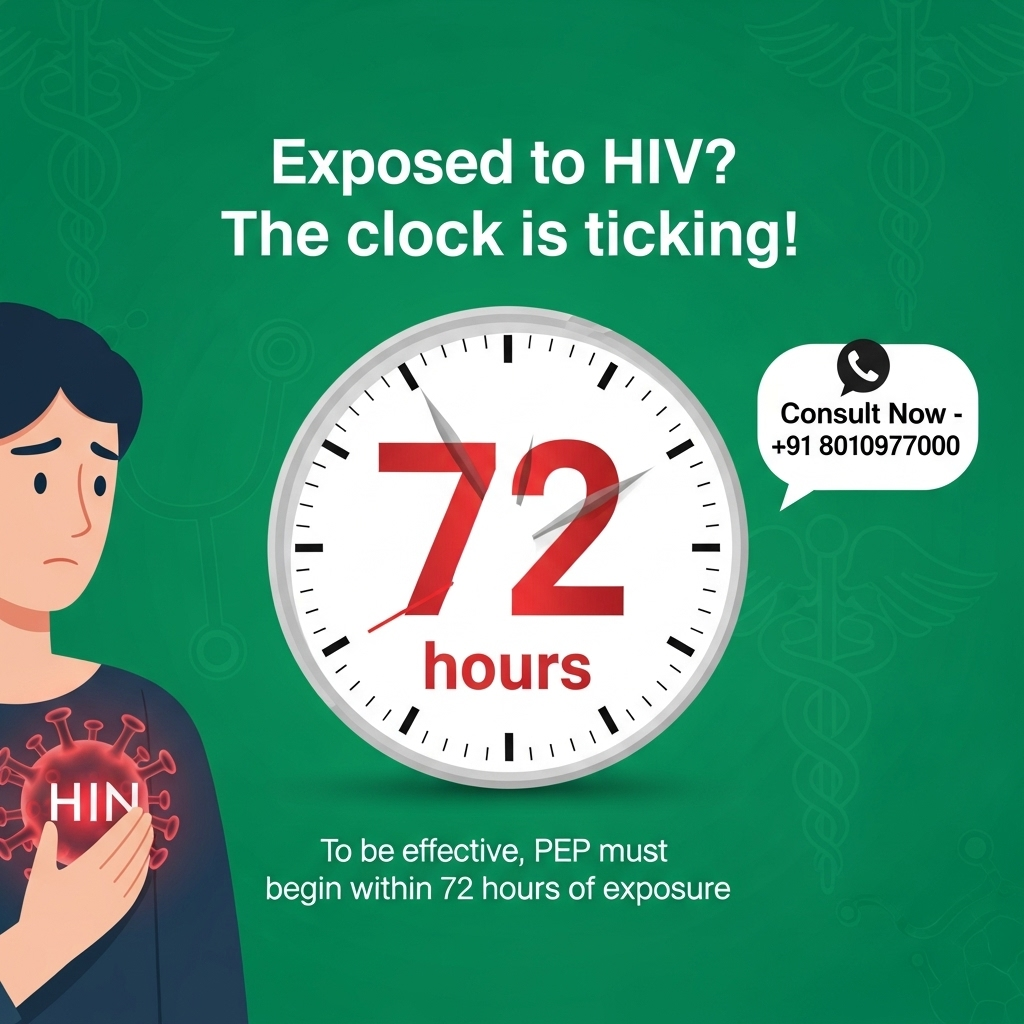
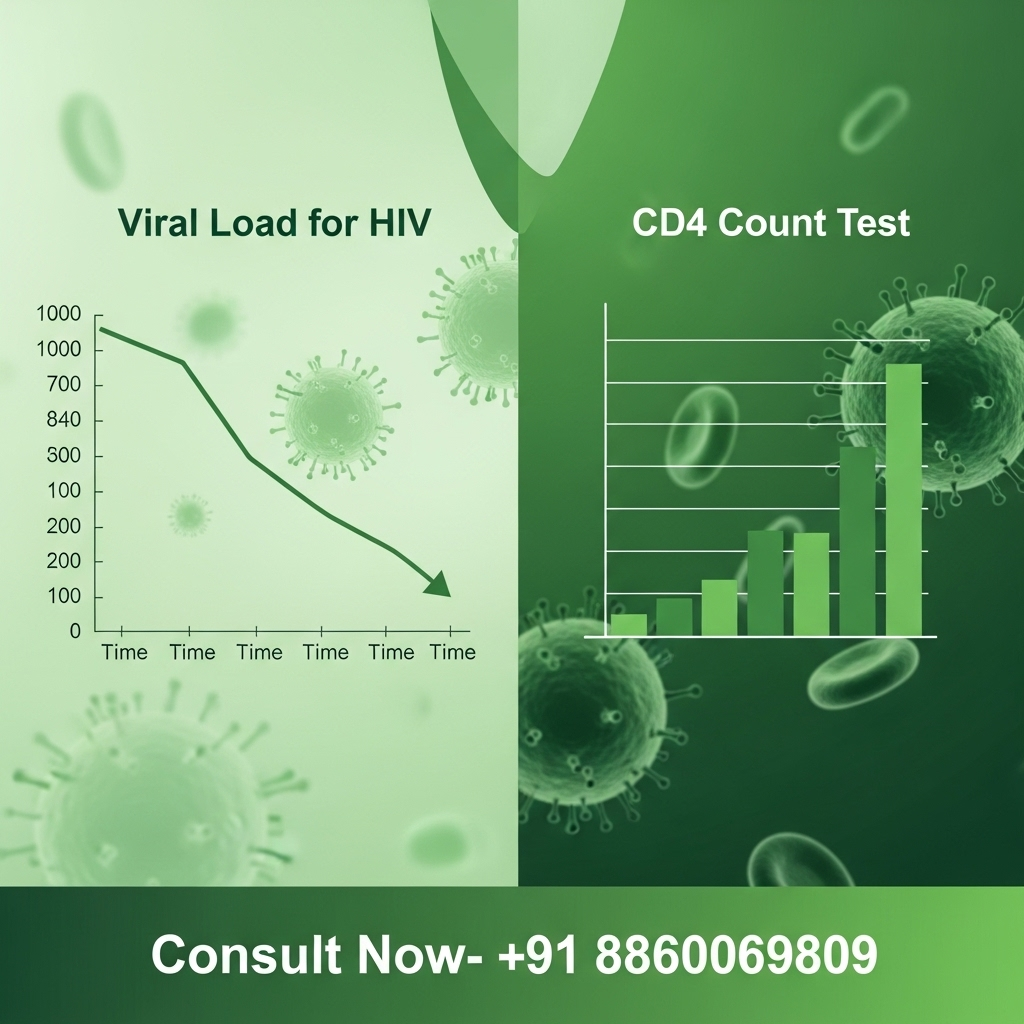
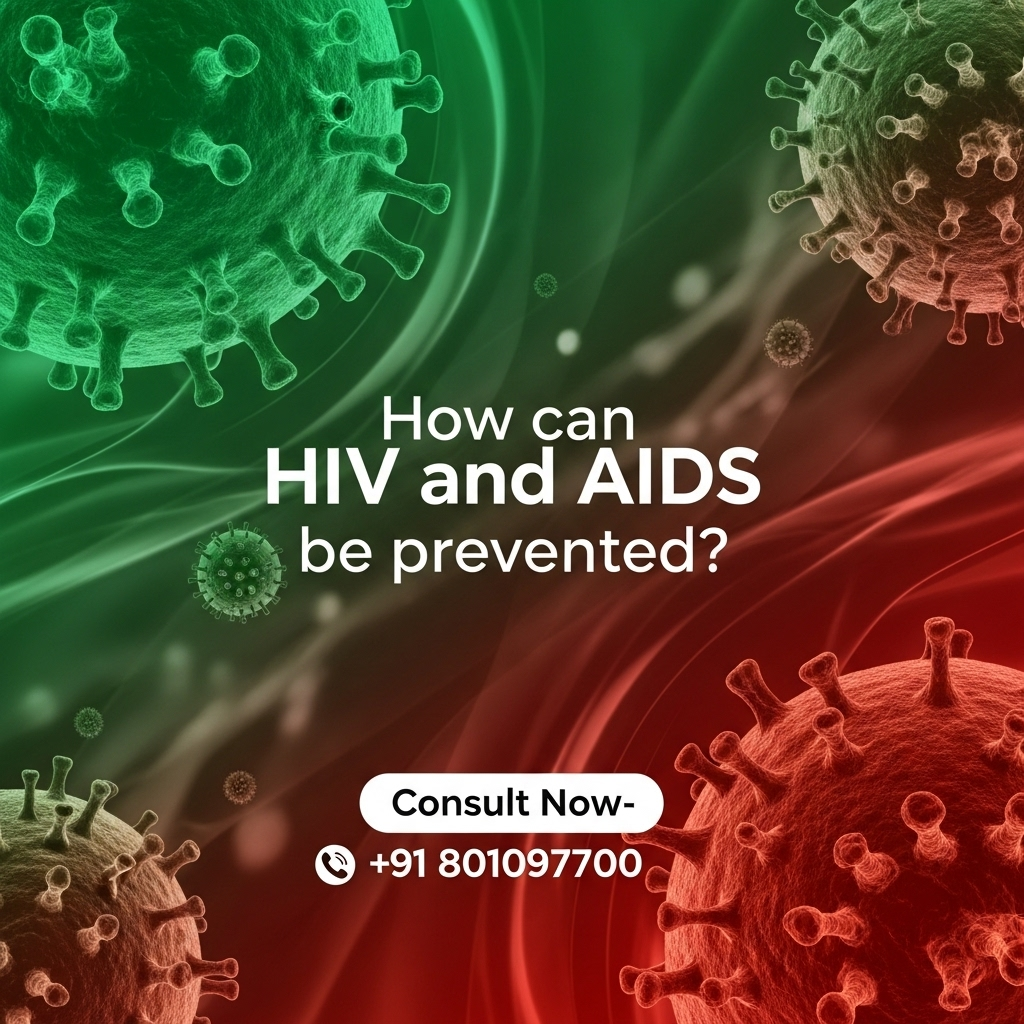






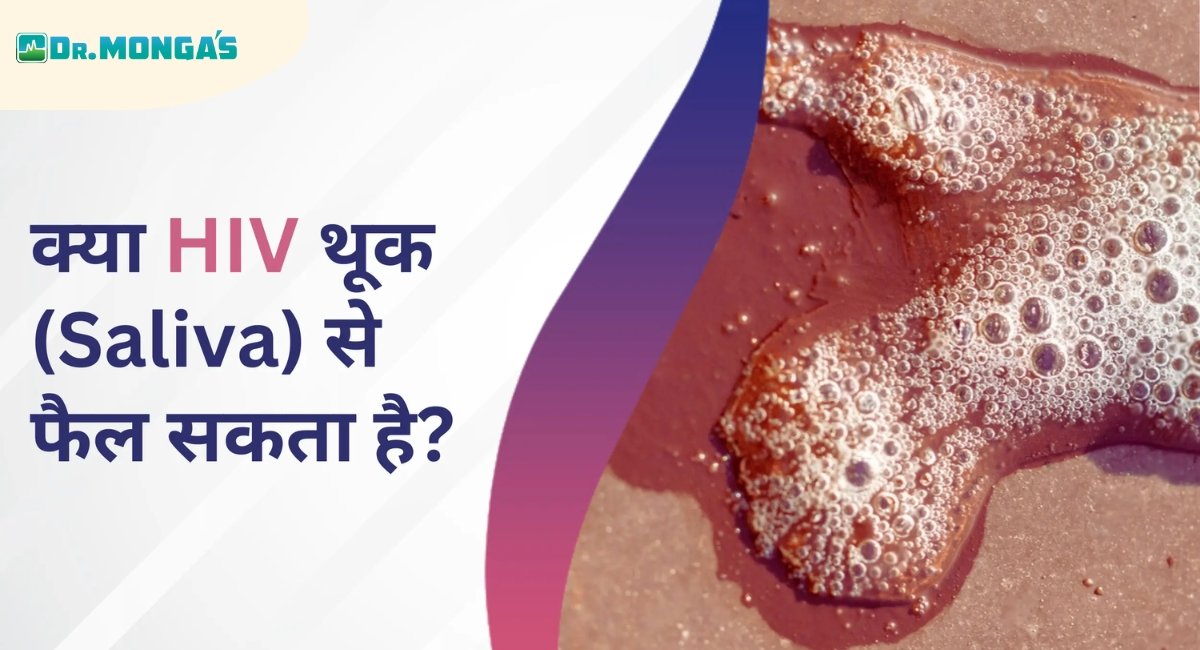
Leave a Reply